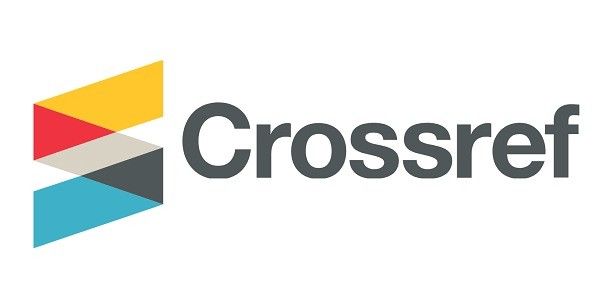To assess the Vaccination status Against Hepatitis B among Medical, Dental students and HCWs in Isra University
DOI:
https://doi.org/10.69491/2r8svu71Keywords:
booster dose, titre, healthcare workers, Hepatitis B virus, PakistanAbstract
Background/objective: hepatitis b virus (HBV) is a blood borne virus responsible for potentially life-threatening liver infection and a major hazard for healthcare workers (HCWS). HCWS should have proper knowledge regarding risks and transmission of HBV as they are at higher risk than normal population. This study was created to evaluate attitude and status of HBV vaccination and re-immunization among hcws.
Methods: in this cross-sectional study, we assessed hepatitis b vaccination status among 300 medical and dental students, and healthcare workers (HCWS) at isra university hospital. Utilizing stratified random sampling ensured representation across diverse healthcare professionals. Survey forms, both electronic and printed, collected data on demographics, vaccination status, booster dose awareness and status, and antibody titer testing. Data analysis using SPSS v25 employed descriptive and inferential statistics to illuminate vaccination trends and potential demographic associations. Ethical considerations, including informed consent and confidentiality protocols, were rigorously followed under irb approval from Isra university.
Results: out of 297 participants included in this study 177 (59.6%) were vaccinated against HBV with the highest frequency seen in doctors (28.3%). Of the vaccinated HCWS, 51 (17.2%) had received a booster dose and out of all the participants, 63 (21.2%) had their antibody levels (titres) checked.
Conclusion: A significant proportion of HCWS is fully vaccinated. Given that a substantial fraction of HCWS were not adequately protected and educated, more aggressive awareness campaigns, regulations, and universal screening should be required of HCWS. This includes administering a booster dose and determining anti-HBS titer levels.
Downloads
Published
Issue
Section
License
Copyright (c) 2025 International Annals of Health Sciences

This work is licensed under a Creative Commons Attribution-NonCommercial 4.0 International License.







